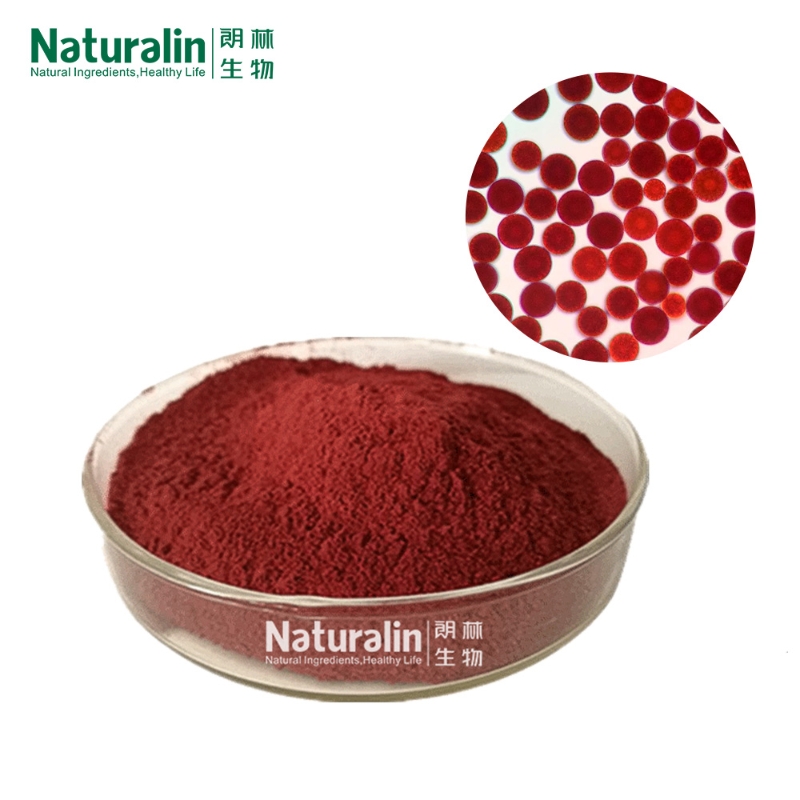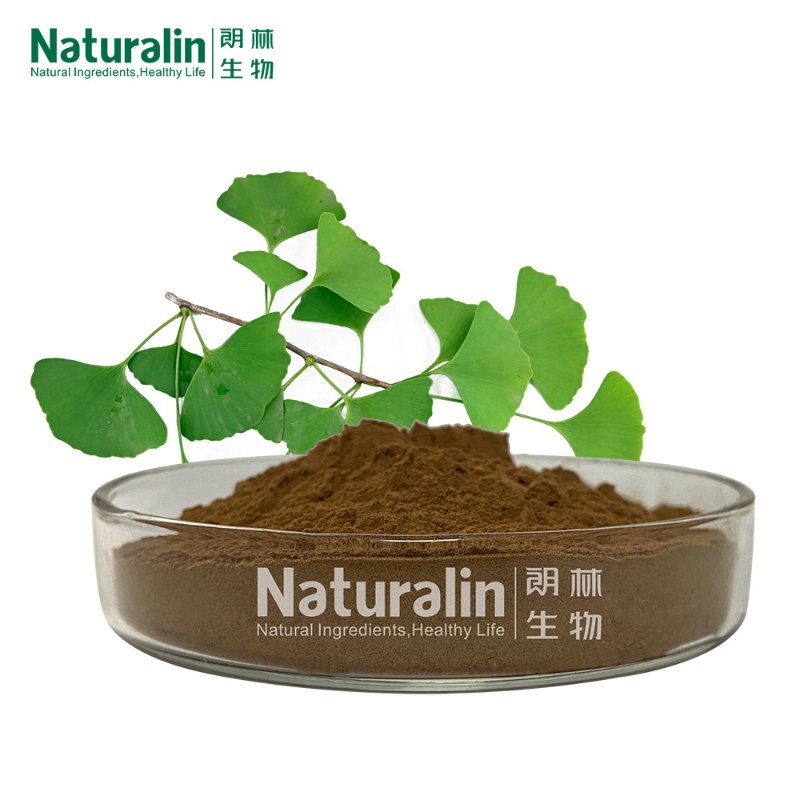-
Categories
-
Pharmaceutical Intermediates
-
Active Pharmaceutical Ingredients
-
Food Additives
- Industrial Coatings
- Agrochemicals
- Dyes and Pigments
- Surfactant
- Flavors and Fragrances
- Chemical Reagents
- Catalyst and Auxiliary
- Natural Products
- Inorganic Chemistry
-
Organic Chemistry
-
Biochemical Engineering
- Analytical Chemistry
-
Cosmetic Ingredient
- Water Treatment Chemical
-
Pharmaceutical Intermediates
Promotion
ECHEMI Mall
Wholesale
Weekly Price
Exhibition
News
-
Trade Service
The advent of transgenic technologies has met many challenges, both technical and political; however, these technologies are now widely applied, particularly for crop improvement. Bioengineering has resulted in plants carrying resistance to herbicides, insects, and viruses, as well as entire biosynthetic pathways. Some of the technical challenges in generating transgenic plant or animal materials include: an inability to control the location and nature of the integration of transgenic
DNA
into the host genome, and linkage of transformed genes to selectable antibiotic resistance genes used in the production of the transgene cassette. Furthermore, successive transformation of multiple genes may require the use of several selection genes. The coordinated expression of multiple stacked genes would be required for complex biosynthetic pathways or combined traits. Engineered nonintegrating minichromosomes can overcome many of these problems and hold much promise as key players in the next generation of transgenic technologies for improved crop plants. In this review, we discuss the history of artificial chromosome technology with an emphasis on engineered plant minichromosomes.







